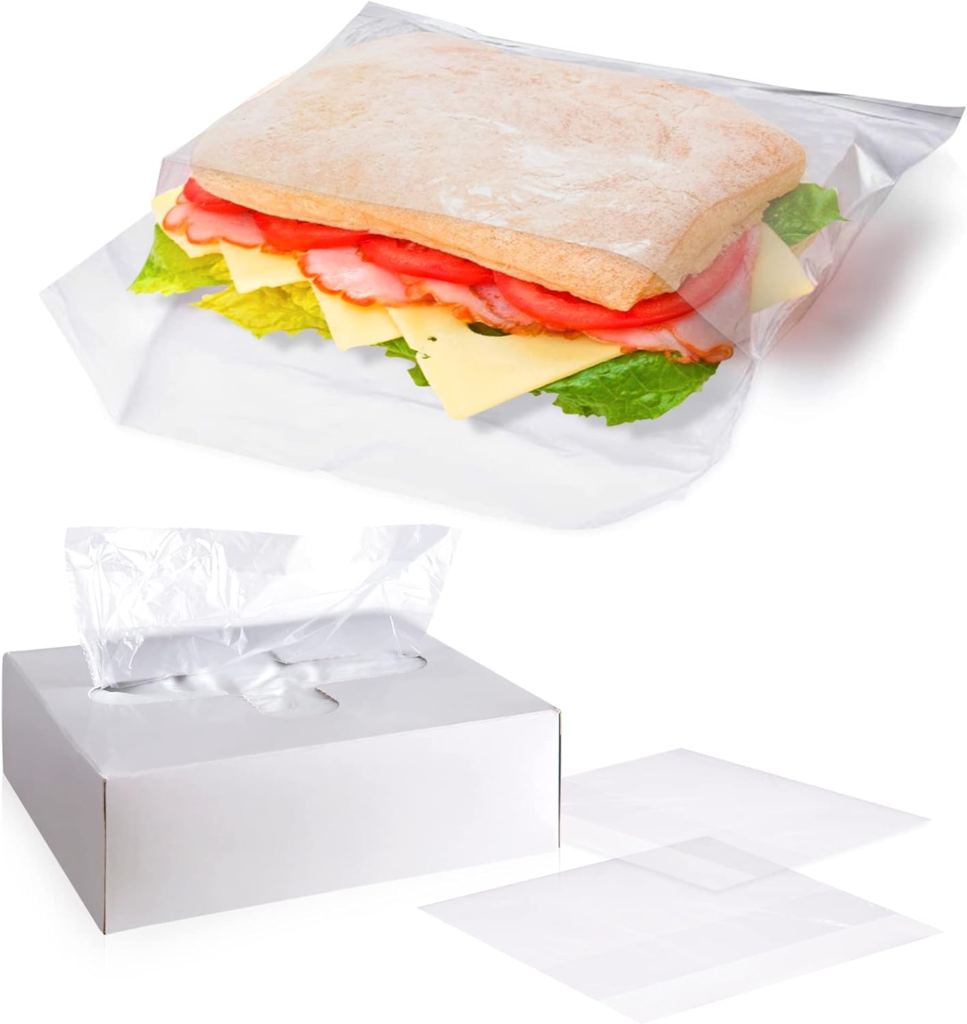
A recent analysis suggests that the majority of plastic sandwich baggies in the United States contain toxic PFAS “forever chemicals,” prompting questions about the safety of these products. Testing conducted on 11 types of baggies from major producers revealed high levels of a marker of PFAS in nine of them.
Commissioned by the Mamavation blog and conducted by an Environmental Protection Agency-certified lab, the analysis underscores growing concerns about the presence of PFAS in food packaging across the nation. PFAS, or per- and polyfluoroalkyl substances, are a class of approximately 15,000 chemicals commonly used to impart resistance to water, stains, and heat in various products. They are notoriously termed “forever chemicals” due to their persistence in the environment and are associated with a range of serious health issues, including cancer, liver problems, thyroid disorders, and birth defects.
Maricel Maffini, a researcher with the Environmental Defense Fund specializing in PFAS, criticized the FDA’s regulations, stating that they are based on outdated science and do not adequately reflect the health risks posed by these chemicals. Despite FDA limits allowing higher levels of certain PFAS compounds in plastic, Maffini emphasized that there is no safe level of exposure to PFAS.
While regulatory attention has predominantly focused on PFAS contamination in water, contaminated food represents a significant route of exposure to these chemicals. Packaging materials, including plastic baggies, often contain PFAS to prevent food from sticking or as grease-proofing agents. Research indicates that PFAS can migrate from packaging into food and beverages at high levels, posing health risks to consumers.
The recent testing by Mamavation revealed PFAS levels ranging from 9 parts per million (ppm) to 34 ppm in the baggies, significantly exceeding FDA allowances of up to 2,000 ppm for certain PFAS in food-contact plastic. However, the specific PFAS compounds present in the baggies remain unclear as the testing did not identify individual compounds.
The findings come shortly after the EPA’s determination that virtually no level of exposure to some PFAS in drinking water is safe. Additionally, growing independent research highlights widespread exposure to similar levels of PFAS in food.
Notably, previous instances have occurred where regulators permitted high levels of PFAS in packaging, only to later discover adverse health effects on consumers. Brands such as Boulder, Complete Home, Great Value, If You Care, Lunchskins, Meijer, Target, and Walgreens were among those found to contain PFAS, while Ziploc emerged as the only brand without detectable levels of the chemicals.
Public health advocates recommend the use of glass containers as a safer alternative to plastic for consumers concerned about PFAS exposure. As awareness of the health risks associated with PFAS grows, there is a call for stricter regulations and greater transparency in food packaging to ensure consumer safety.